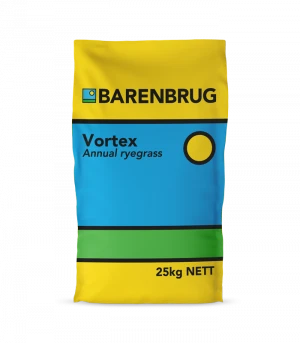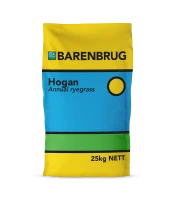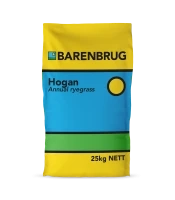An equine pasture isn't just a grassy field—it's a carefully planned ecosystem that promotes horse health, encourages natural grazing behavior, and supports sustainable land management. Whether you're an experienced horse owner or just starting your journey, understanding how to build and maintain the right pasture is essential for your horse’s well-being.

Why a Thoughtful Equine Pasture Matters
Horses are natural grazers, adapted to forage throughout the day. A properly maintained pasture not only fulfills this instinct but also:
- Reduces feed costs
- Promotes hoof and joint health through natural movement
- Encourages social behavior in herd settings
- Provides mental stimulation and reduces stress
However, the quality of the pasture largely depends on the horse pasture seed mix you choose, as well as how you manage grazing and soil health.
Choosing the Right Horse Pasture Seed Mix
A horse pasture mix isn’t one-size-fits-all. The right seed blend depends on your climate, soil type, and grazing pressure. A high-quality equine pasture seed mix typically includes:
- Perennial Ryegrass – Quick to establish and highly palatable
- Kentucky Bluegrass – Ideal for cool climates and durable under grazing
- Timothy Grass – Soft and digestible, often favored in hay
- Orchardgrass – Grows well in shaded areas and tolerates drought
- Fescues (endophyte-free) – Offers toughness and persistence
These grasses together create a balanced and resilient sward that supports the nutritional needs of horses without compromising pasture longevity.
Managing Your Equine Pasture for Long-Term Success
Even the best horse pasture seed mix won’t thrive without proper care. A few best practices include:
- Rotational Grazing: Dividing your pasture into sections prevents overgrazing and allows rest periods for regrowth.
- Soil Testing: Regular pH and nutrient testing help optimize fertilization and seed success.
- Weed Management: Mowing and selective herbicide use can help reduce competition from invasive species.
- Rest Periods: Aim to rest pastures when grass is grazed down to about 3 inches.
Good pasture management enhances both plant health and animal health, creating a sustainable cycle of growth and grazing.
Real-World Testimonial
"After switching to a custom equine pasture seed mix, we noticed a remarkable improvement in both pasture density and horse condition. It’s been a game-changer for our farm."
— Kelly J., Equine Facility Manager, Kentucky
FAQs About Equine Pasture and Seed Mixes
Q: What makes a seed mix suitable for horses vs. other livestock?
A: Horses are selective grazers with delicate digestive systems. The best horse pasture mix avoids legumes like alfalfa, which can cause bloat, and favors soft, palatable grasses that are easy to digest.
Q: Can I reseed an existing pasture without starting from scratch?
A: Yes. Overseeding with an equine pasture seed mix in early spring or fall helps rejuvenate tired pastures. Mowing and light harrowing before seeding can improve seed-to-soil contact.
Q: How long should I wait before allowing horses to graze a newly seeded pasture?
A: Ideally, wait until grasses reach 6–8 inches and are well-rooted—typically 8–12 weeks after germination, depending on weather and soil conditions.

The Takeaway
Creating and maintaining an effective equine pasture and pasture sheep begins with the right horse pasture seed mix, tailored to your environment and grazing needs. Coupled with smart land management strategies, your pasture can be both a nutritional powerhouse and a haven for your horses.

